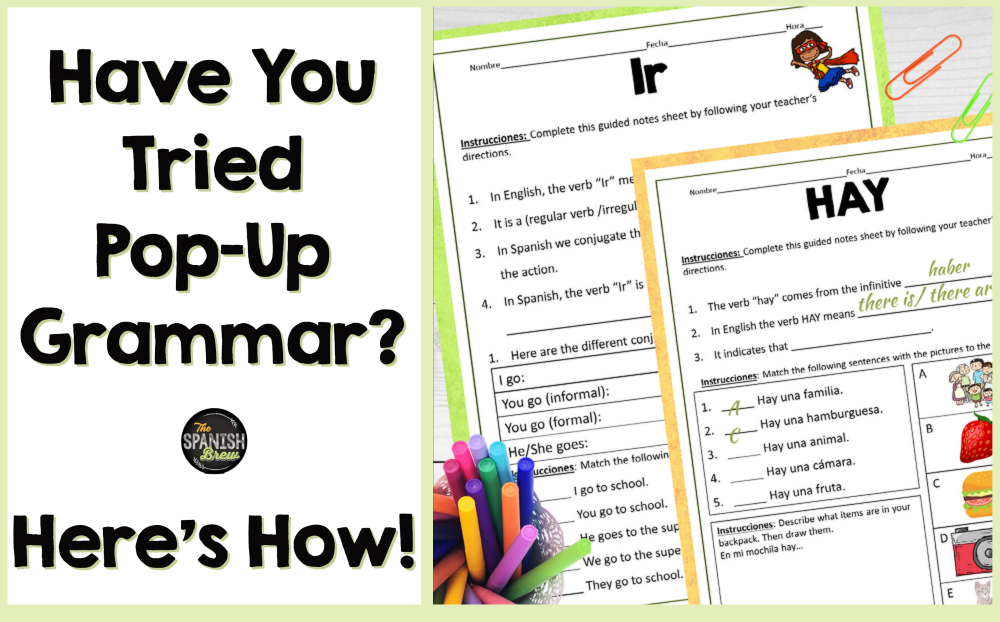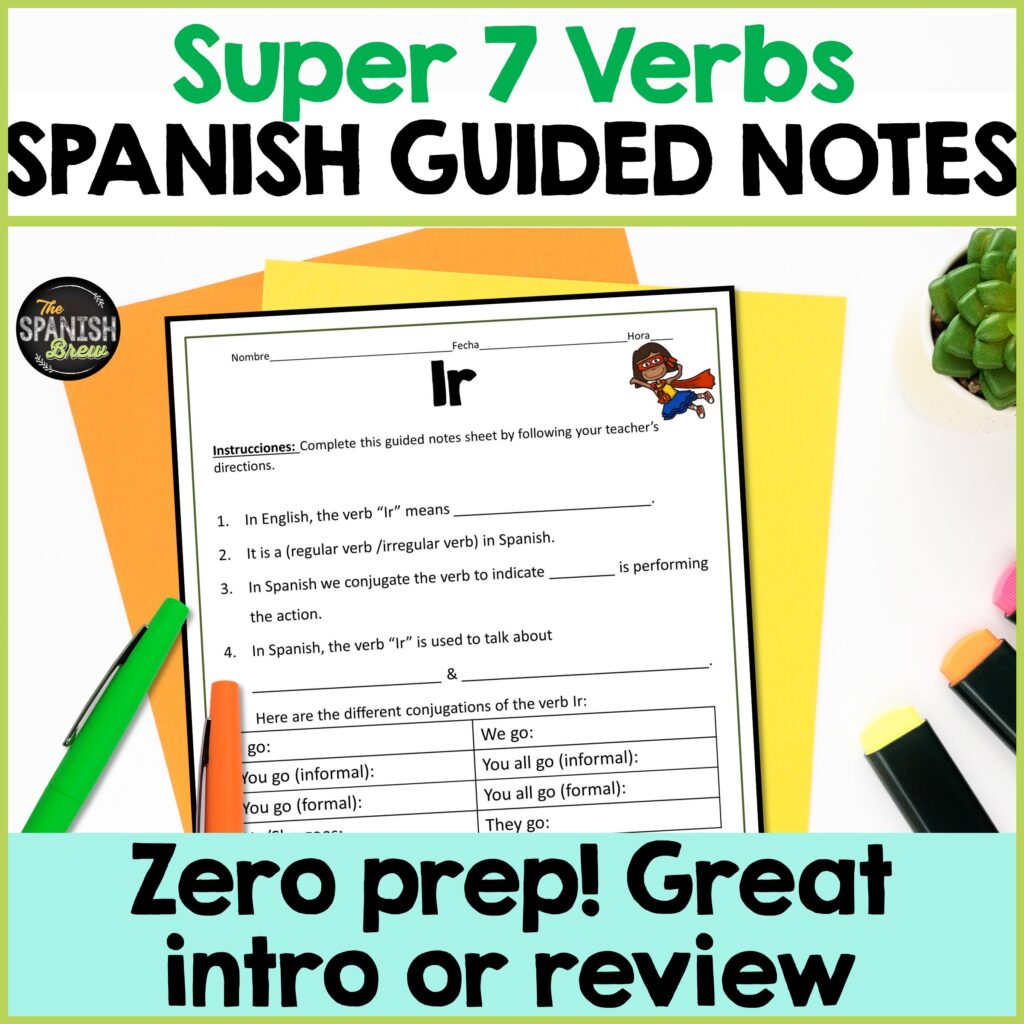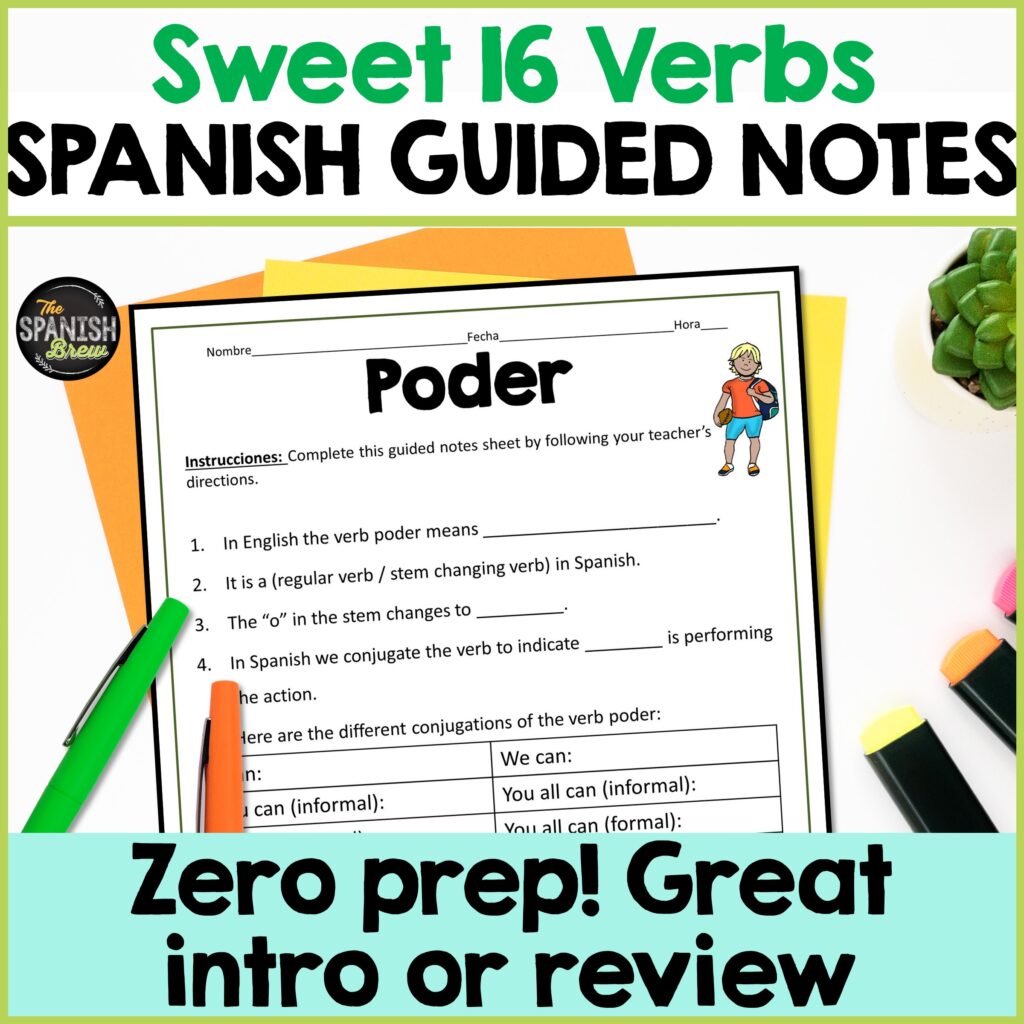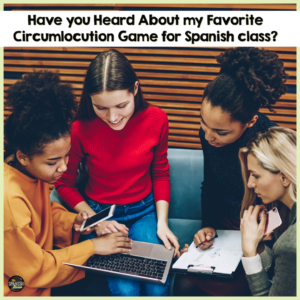Have you ever tried to talk to your students about grammar and their eyes glaze over and they give you that blank stare? It just feels so abstract to them. Half the time they don’t even know what “direct objects” are in English, nevertheless in Spanish. So it begs the question, how do we effectively talk about grammar in our Spanish classrooms and how does it relate to second language acquisition? Blaine Ray first developed the concept of pop-up grammar as mentioned in his book Fluency Through TPR Storytelling. I fell in love with the concept but struggled how to adapt it to my school’s curriculum which was tied heavily to a textbook. Curious how I blended the two ideas? Read this blog post to learn how I teach grammar without the groans.

How to Begin
I give my students LOTS of exposure to grammar in context the first time they see it. They need enough time and repetitions to acquire the grammar pattern and for you to see student success with the grammar topics. I use cultural reading passages, short stories, & task cards which make a perfect introduction to the grammar. For example, to start, students understand that “tengo” means “I have” without having to know that it is a “yo-go” Spanish verb in the present tense and the millions of verb conjugations that go with it. Inundating them with verb forms without context does not equate to language acquisition. Giving them lots of input is a much more natural approach to learning a foreign language. Think about how a little child learns Spanish. No adult tells them that tengo is a yo-go verb. They implicitly understand the meaning via context.
Pop Up Grammar
Then, once students have seen the grammar in action over several days, I do a grammar pop-ups lesson. I give them a 1 page guided notes summary of the topic because a little bit goes a long way without overwhelming them. I use the teacher cheat sheet to go through it together so there is no confusion and it makes a great pop-up grammar lesson. This helps my left-brained students who want to see things organized and it also bridges the gap if they have Spanish classes in the future that are more grammar-based.
The beauty is that since students have already seen the grammar in context, the conjugation charts or labels like “stem-changing verbs” aren’t so intimidating.
Curious about what my pop-up grammar lessons look like? Check them out here! You will find that your students are much more receptive to learning about grammar once they have already seen it in context in the target language.


Related Posts:
How to Use Pop-Up Grammar with Guided Notes in the Language Classroom
Picture talk: Out with Old Grammar Charts & in with Comprehensible Input




No Comments